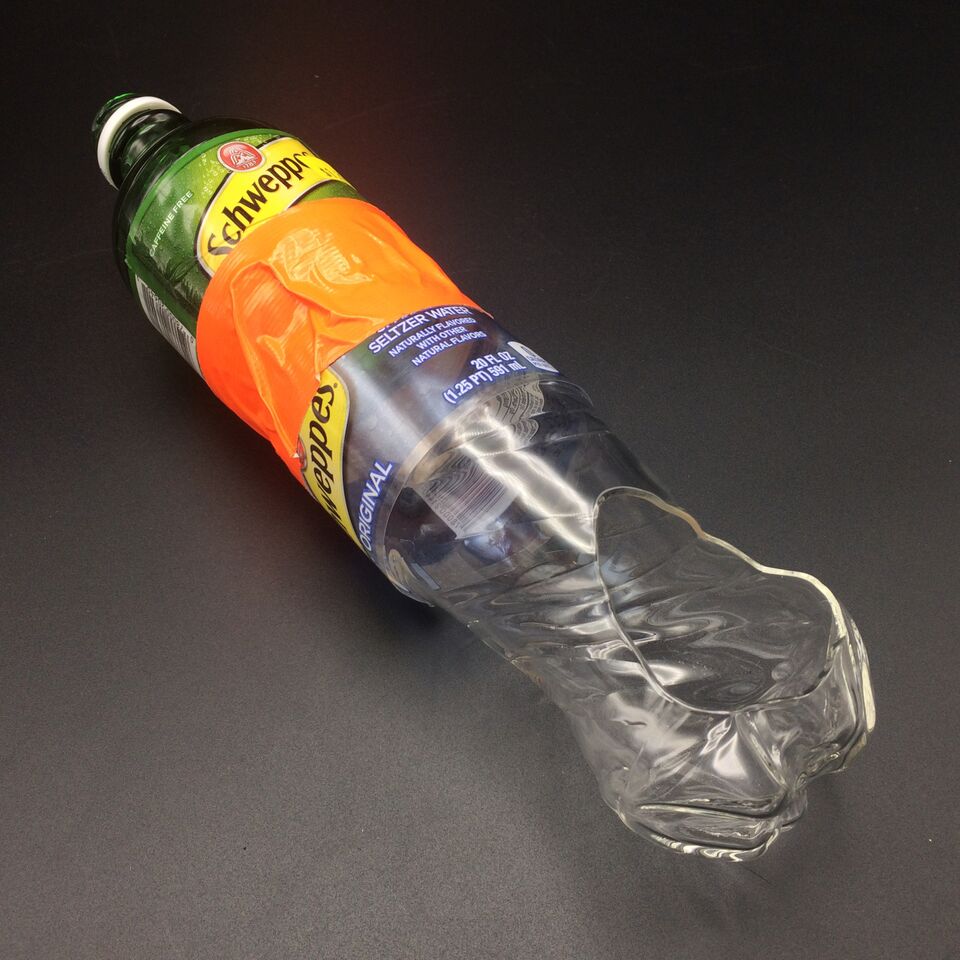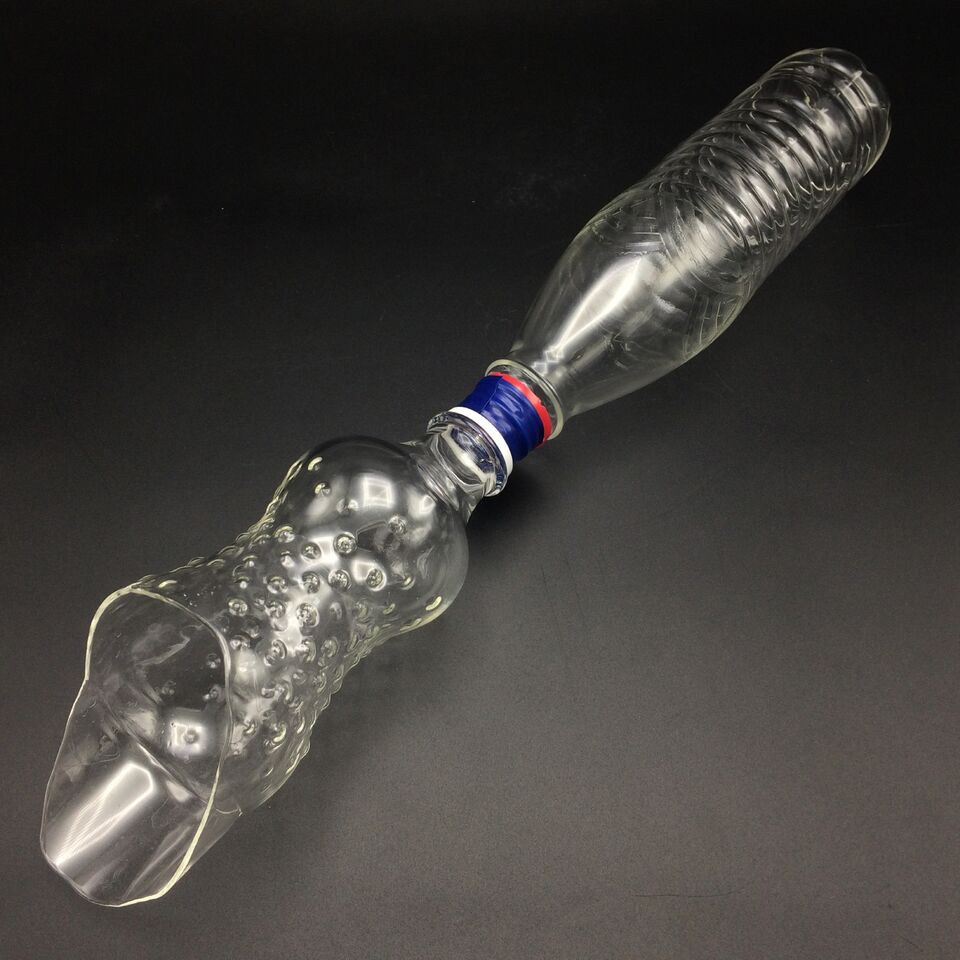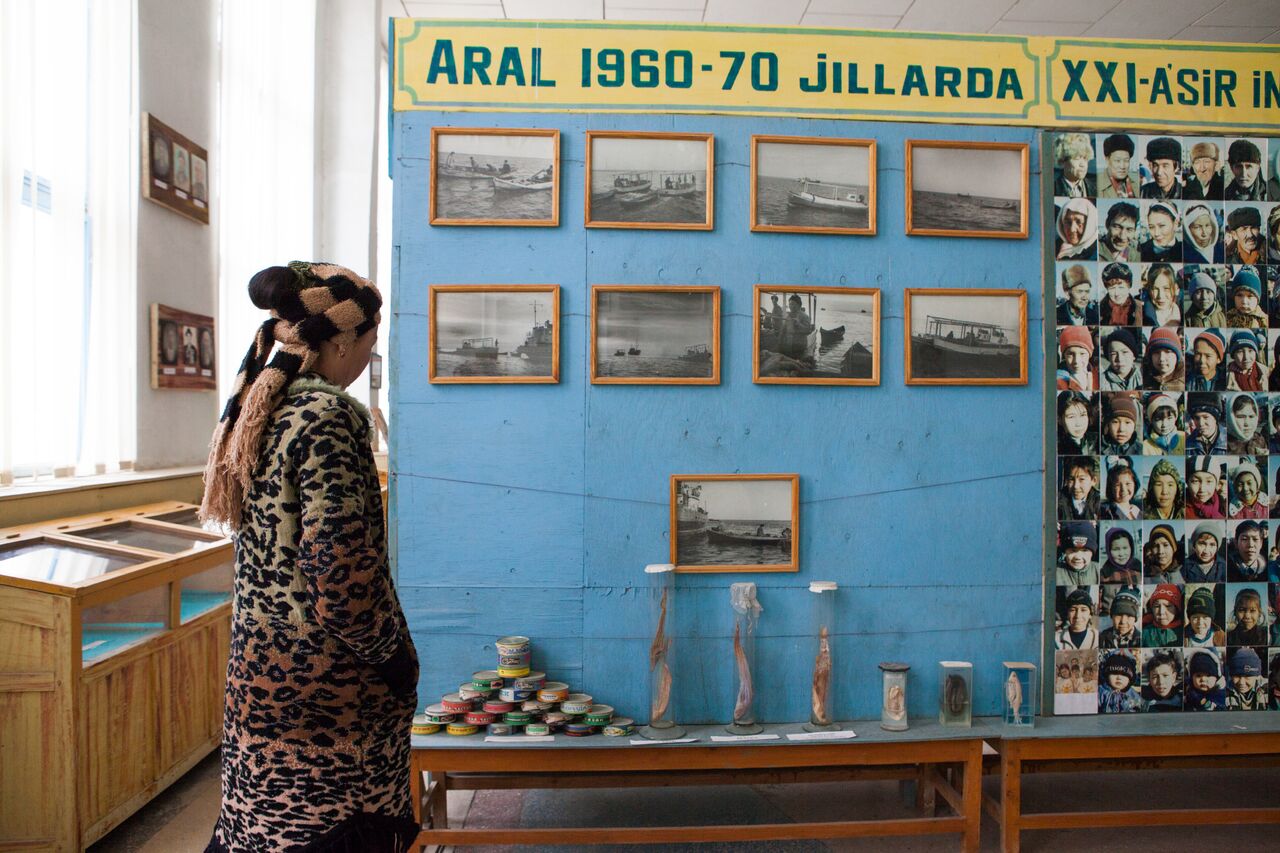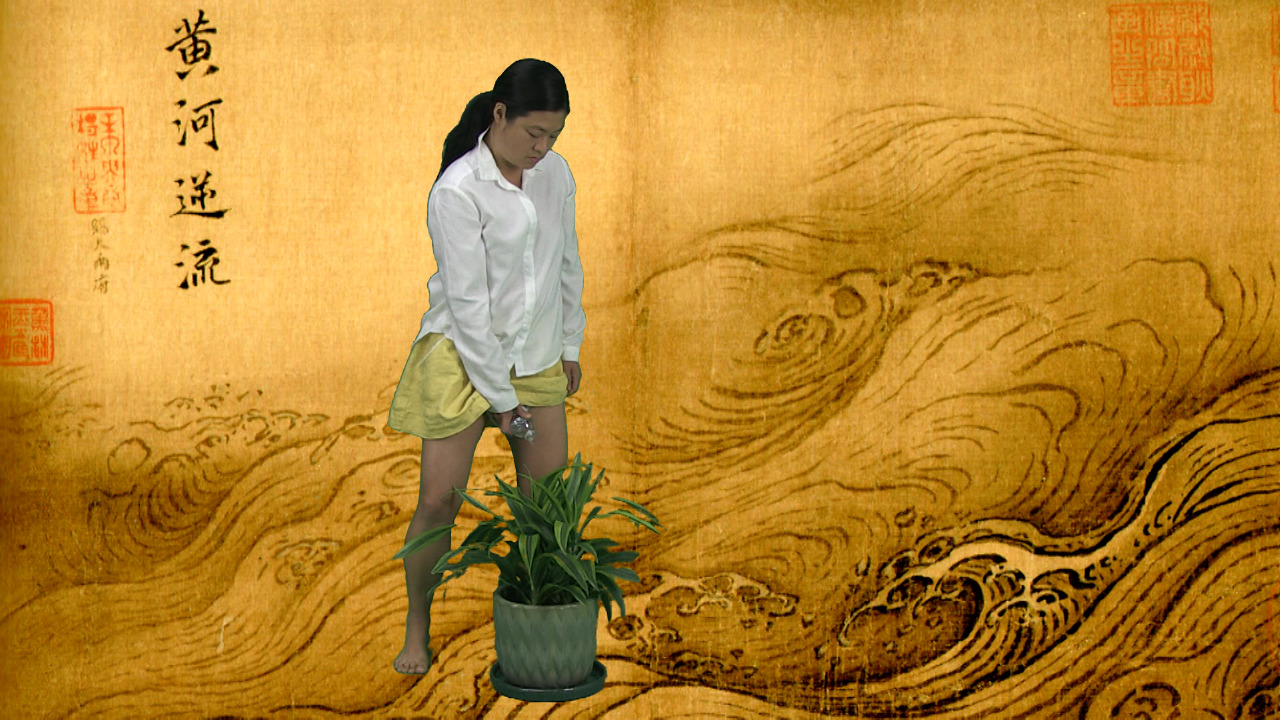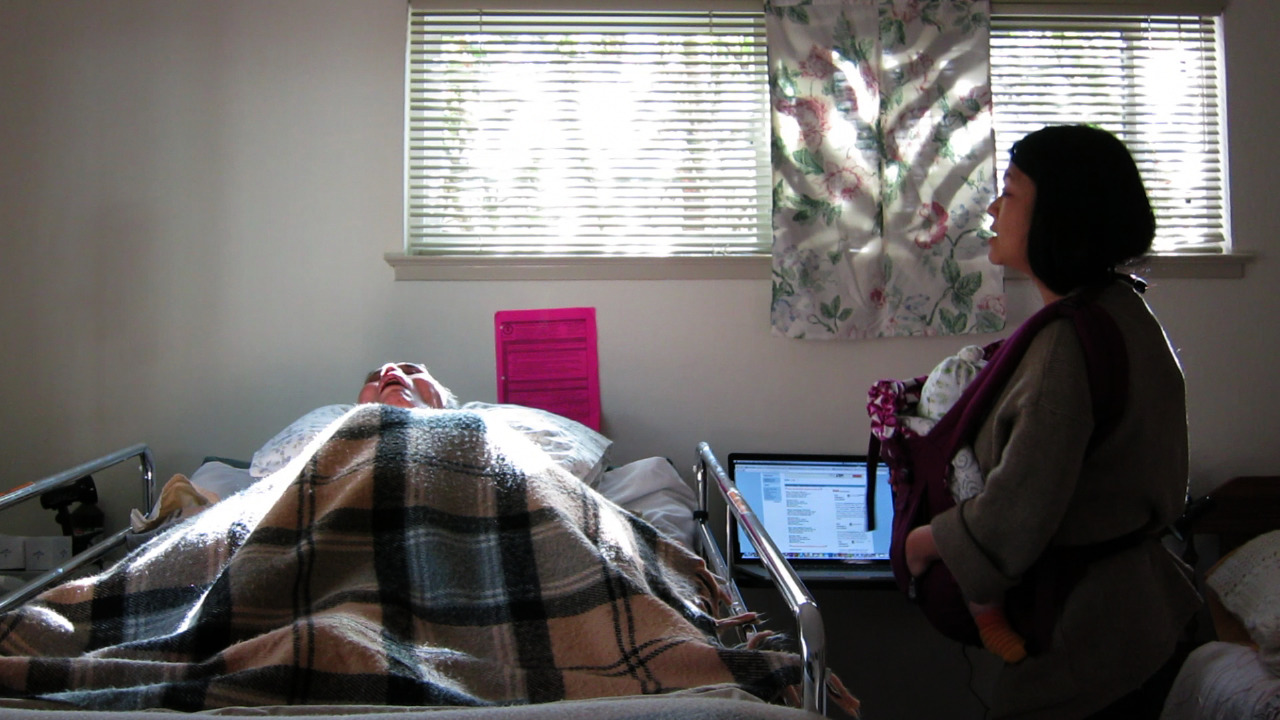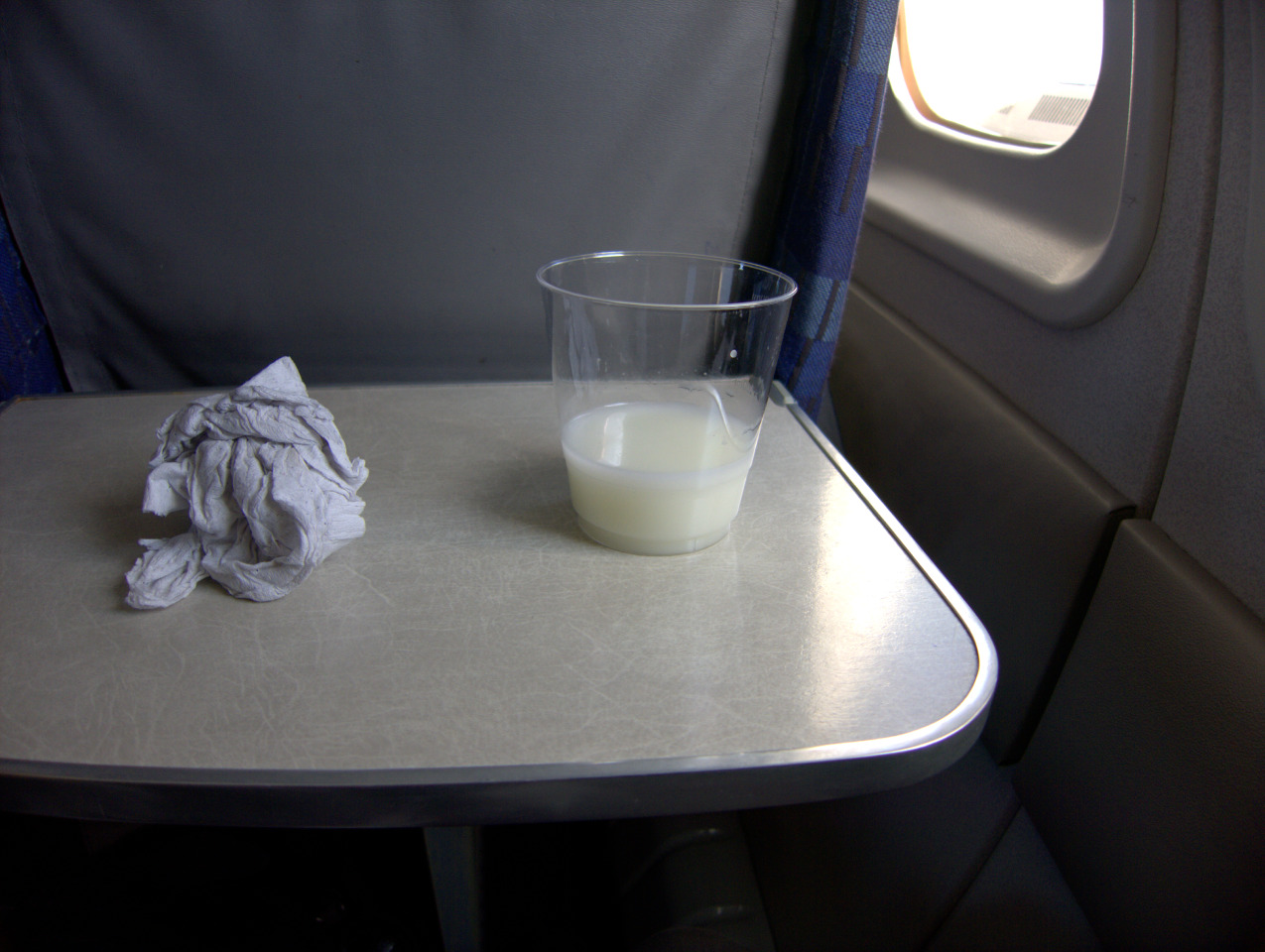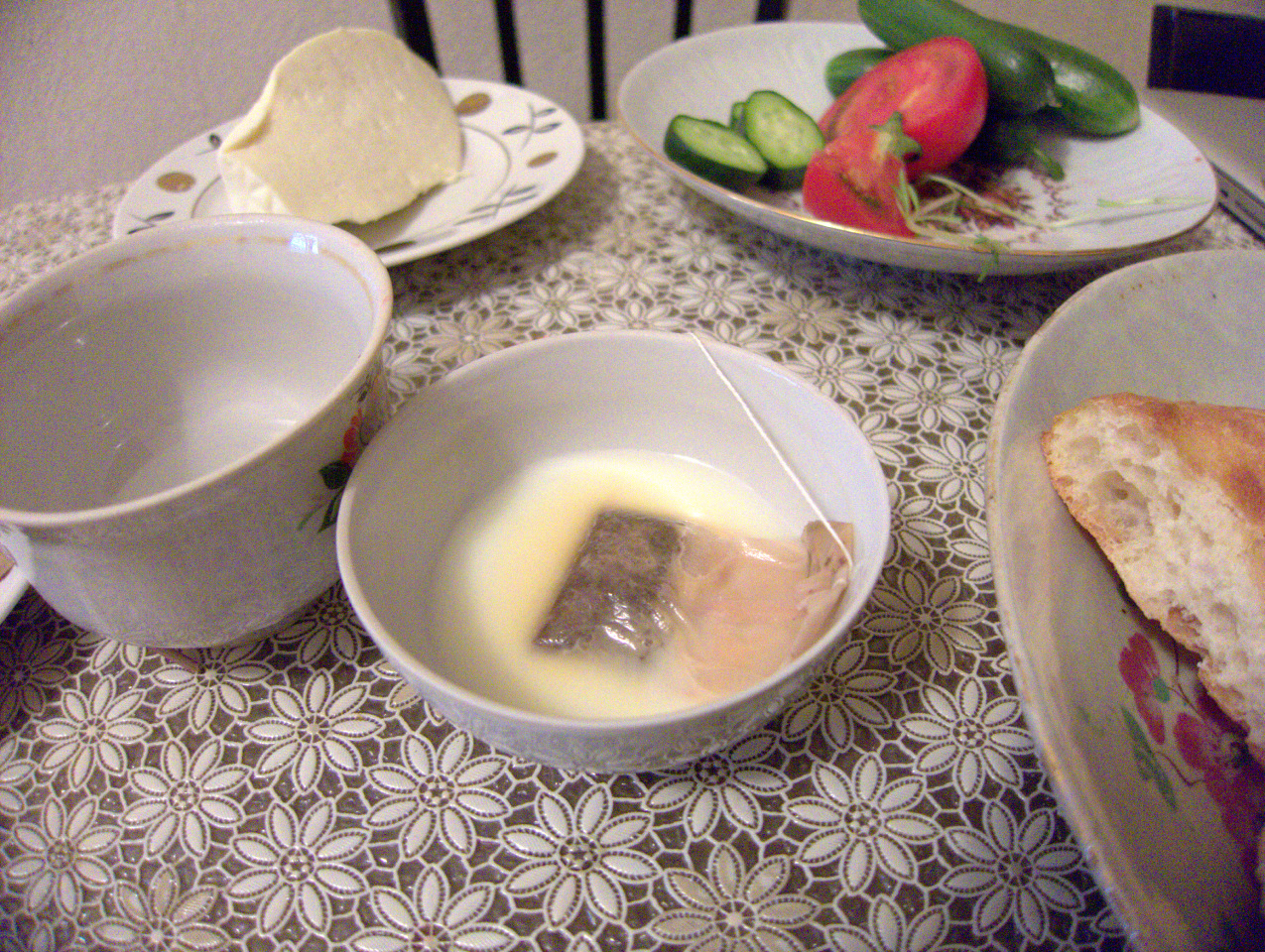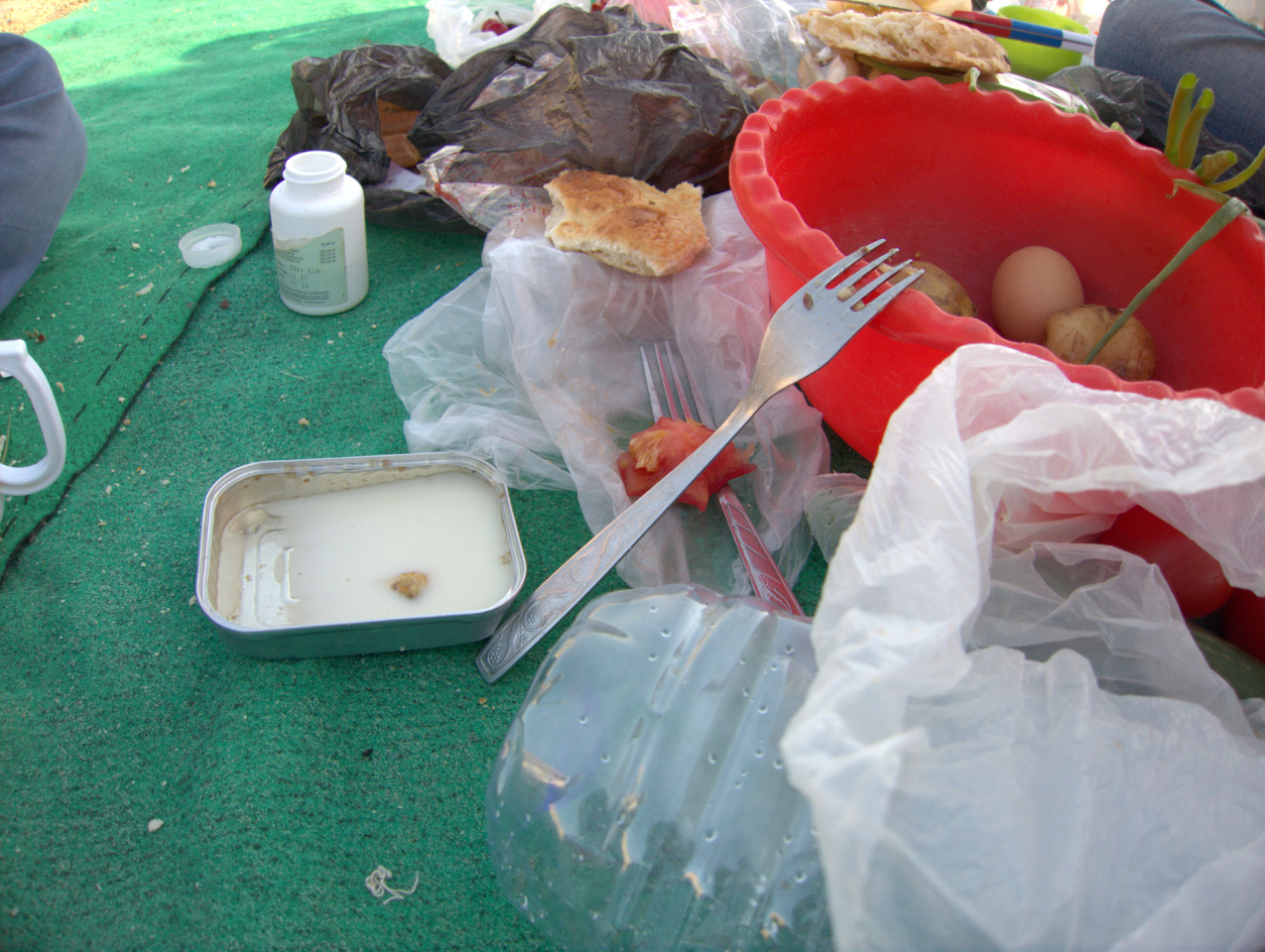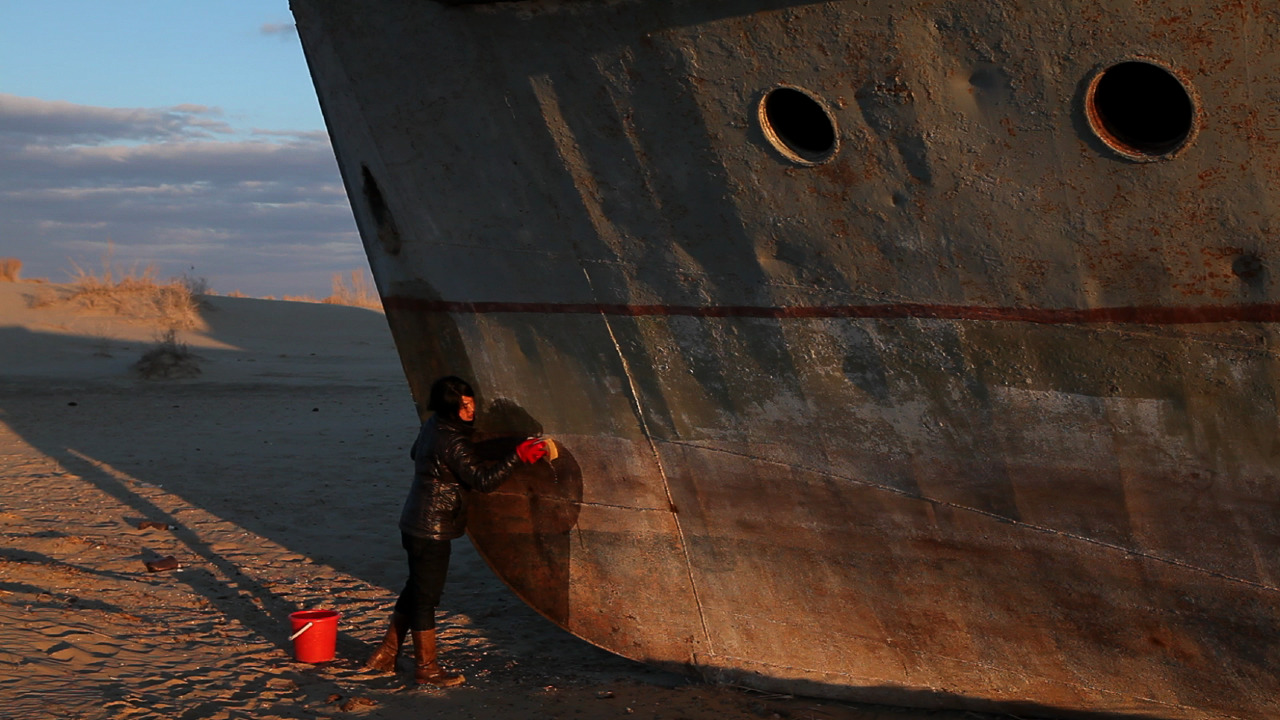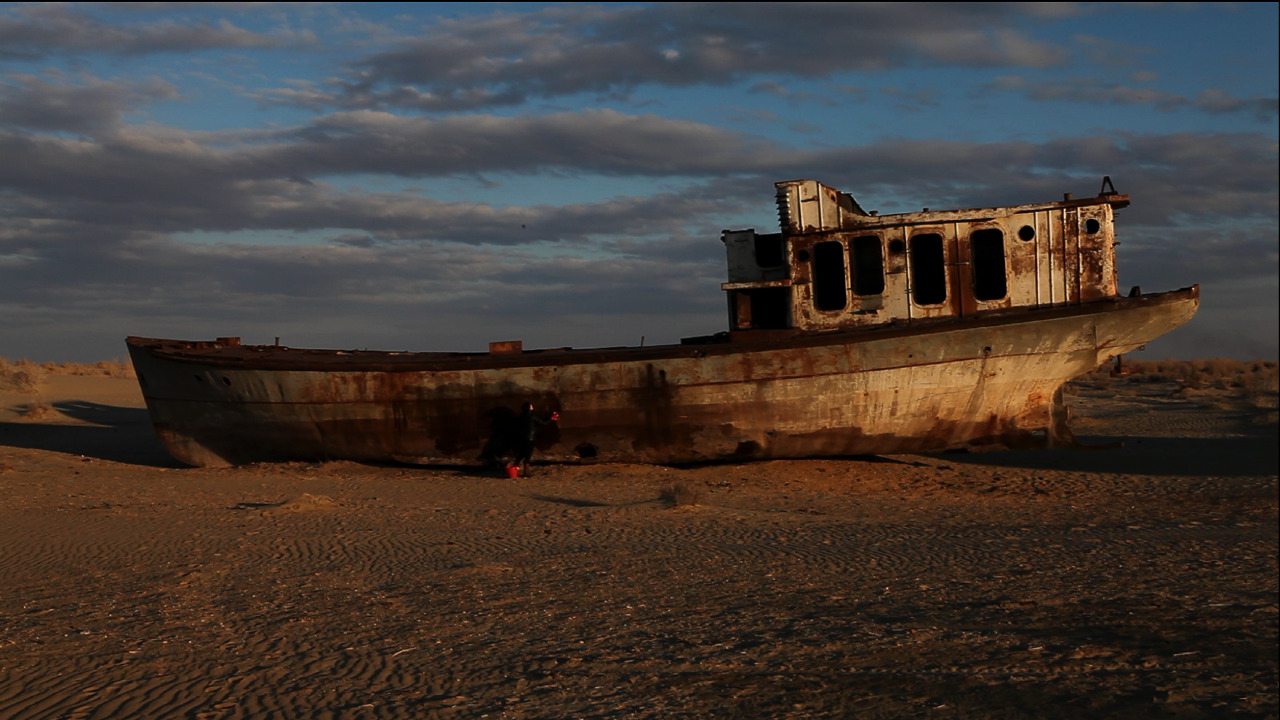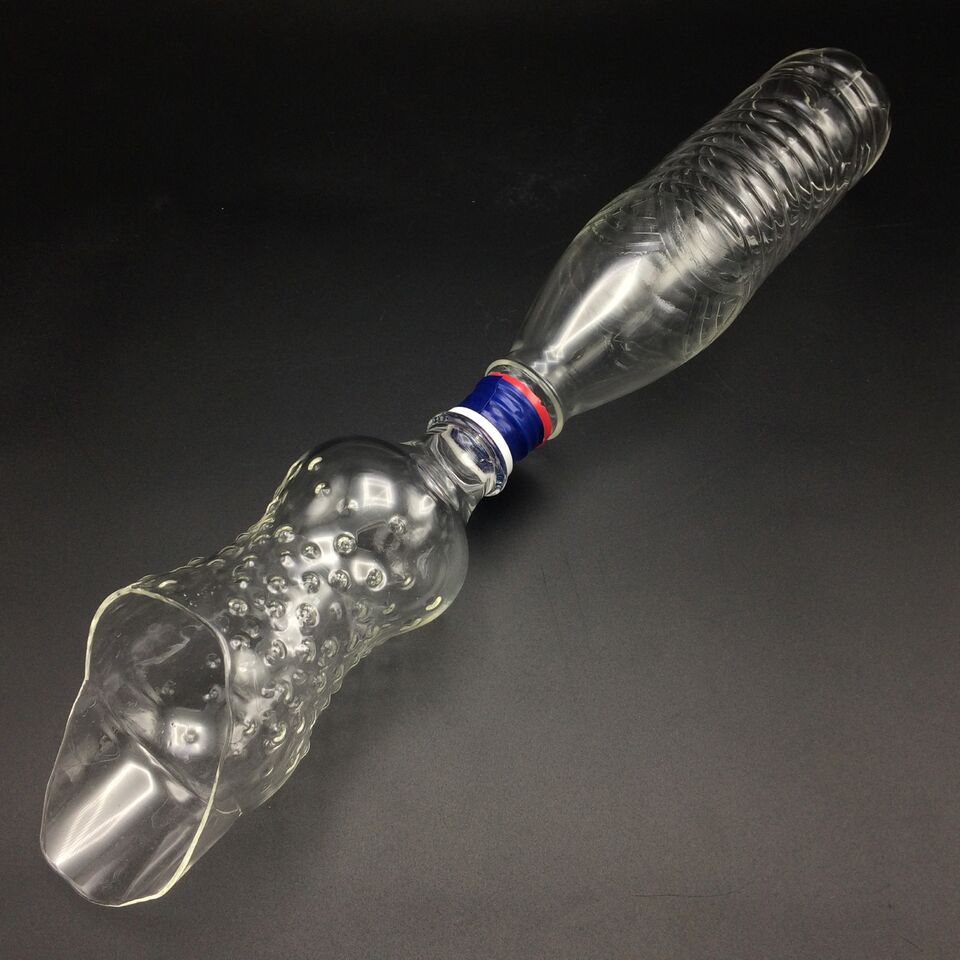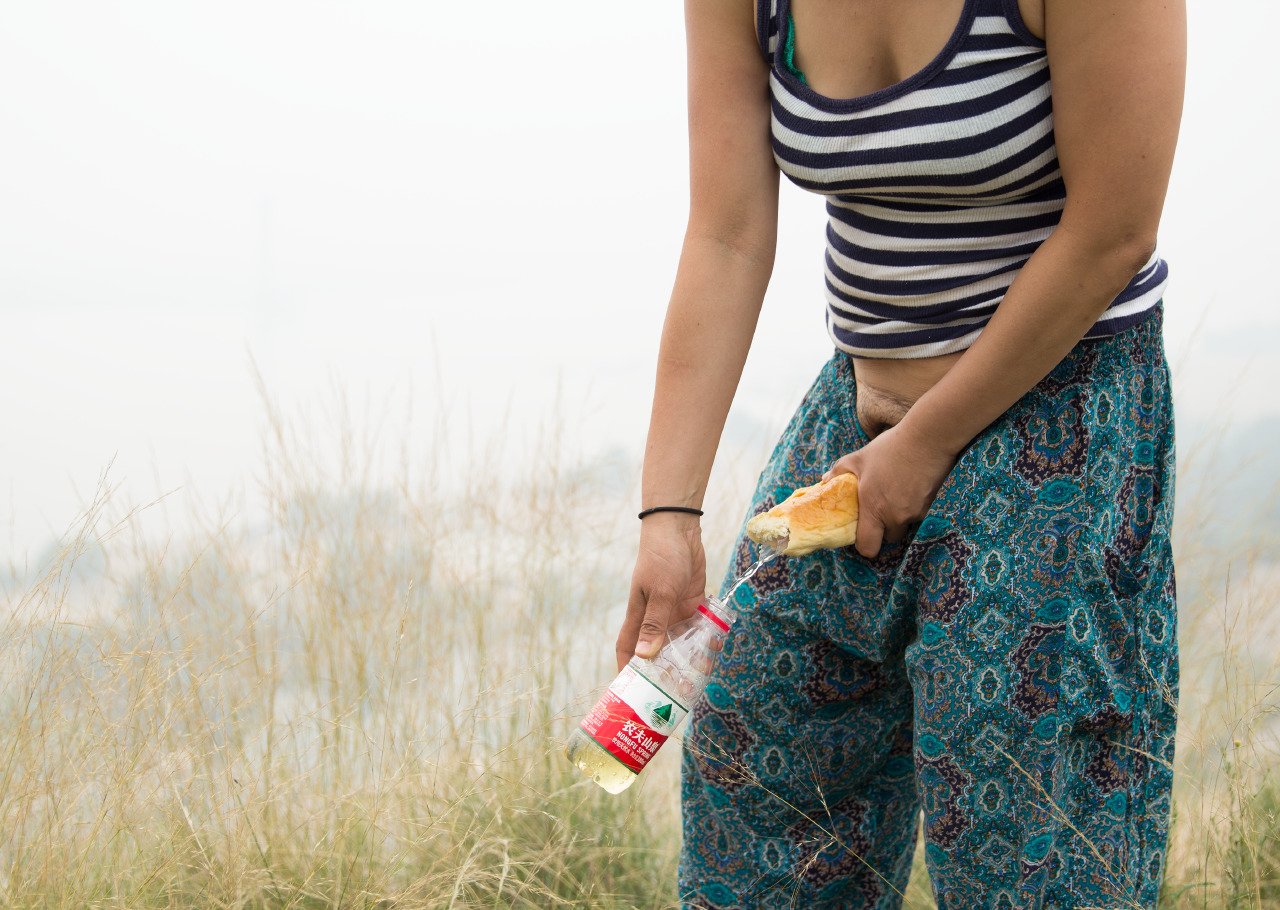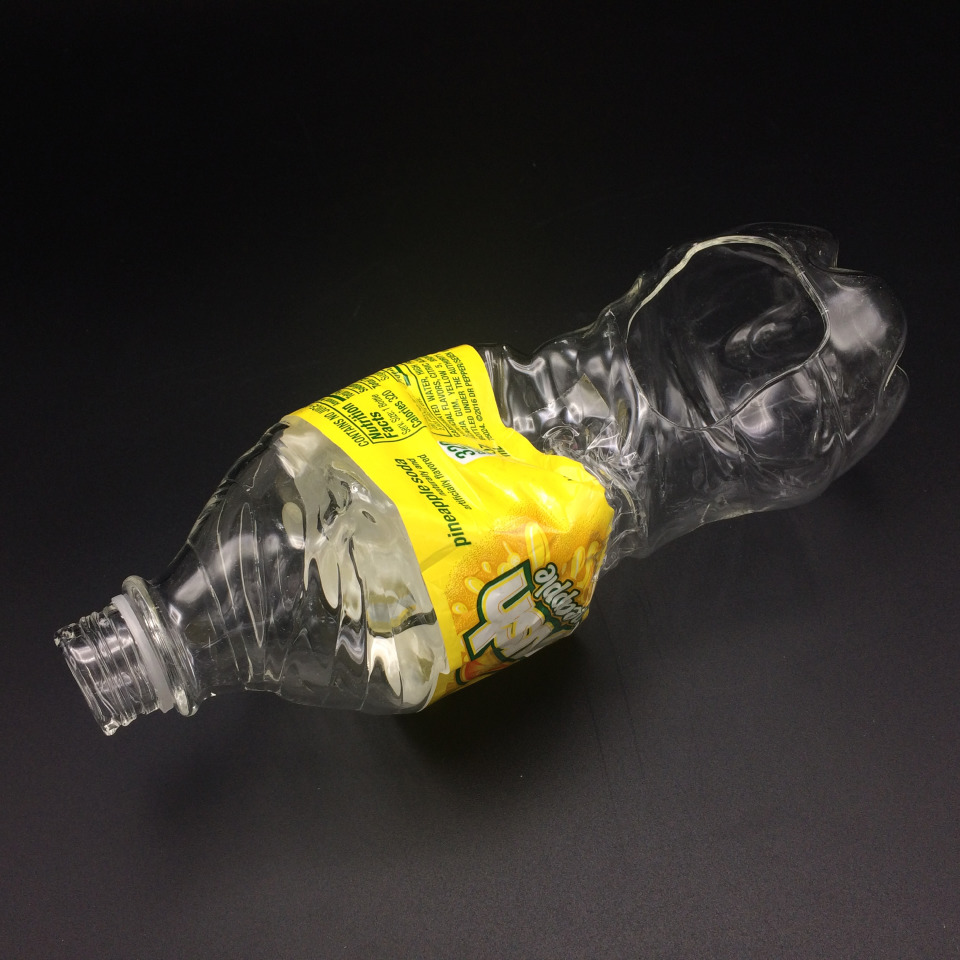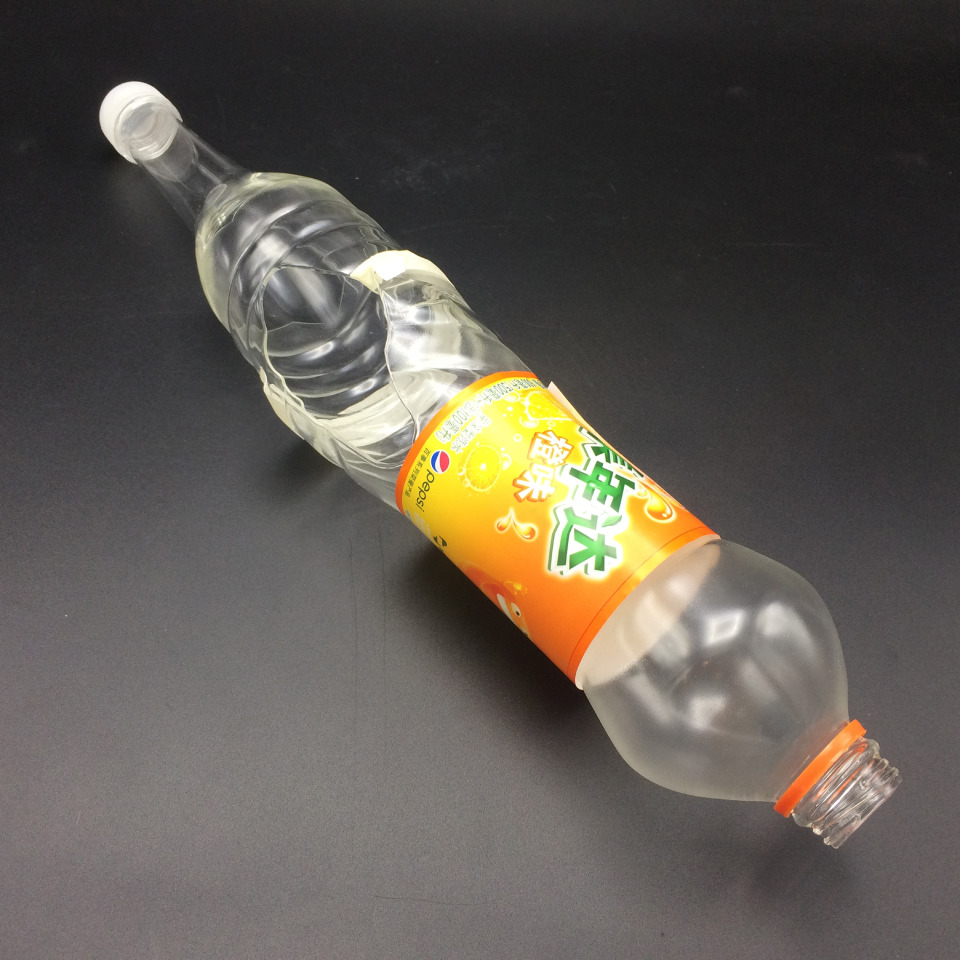Patty Chang, Still from Invocation for a Wandering Lake Part 1, 2016, projection, 12:49 minutes, sound, dimensions variable [courtesy of the artist and BANK/MABSOCIETY]
The Patty Chang Landscape
Over the last eight years, artist Patty Chang has crossed China, traveled once to Newfoundland, and twice to Uzbekistan, camera and pen in hand—a process of exploration through which she has foregrounded relationships between scarcity, the human body, the state, landscape, and mourning.
Share:
Working in performance, film, text, photography, and sculpture, Chang links the digestive and nourishing processes of the human body with the flows of water, culture, and time, reminding us that landscapes and bodies are similar. They are vulnerable; they produce, consume, and forcefully carve paths. They’re also violent and erratic, unpredictable in ways we don’t always like.
Helpful in gaining an understanding of Chang’s practice is a coda to a 2011 issue of Women & Performance: a journal of feminist theory by the art historian Jill H. Casid, titled “Epilogue: Landscape in, around, and under the performative.” Landscape, Casid explains, resists delineation and domain. Nevertheless, landscape has erased and emptied; it is still hurting in some places and will be forever unhealed. For Casid, landscape is performative, even a verb: I Landscape. She landscapes. They landscaped … Casid tears apart designations of figure, object, and ground, arguing that landscape is everywhere, constantly moving, all-encompassing, powerful, and imperfect. In her words, “Landscape is not just a simple present or simple presence.”1
In my conversations with Chang, the artist explained her approach to invention and improvisation in performance, and her connection to performative landscape. Throughout her China trip, she searched for the path of the South-to-North Water Diversion Project, urinating every time she came across one of its rivers or canals. She used a commercial feminine urinary device and peed standing up, aiming into plastic water bottles that she marked with the date, time, and place. As the urine aged in the bottles, it turned cloudy and brown. Chang told me back in May:
When I decided that I wanted to do something about the aqueduct, the first thing I thought was to do some sort of action that would be [based on] some rule that I had. So every time I would come to the aqueduct, I would pee. And I realized that’s just like creating ritual. Oftentimes I’ve noticed when I work somewhere I don’t know anything [about], that can be overwhelming. In order to be responsive to what’s happening, I have to be sort of okay with that—[with] being uncomfortable, not knowing what’s happening. In creating some sort of ritual, I can be more open.
Patty Chang, (detail), glass urinary devices, 2017, glass, plastic, and tape [courtesy of the artist and BANK/MABSOCIETY]
Patty Chang, (detail), glass urinary devices, 2017, glass, plastic, and tape [courtesy of the artist and BANK/MABSOCIETY]
Chang’s urination ritual proliferates in many aspects of her current solo show, The Wandering Lake 2009–2017, at the Queens Museum [September 17, 2017–February 18, 2018], and in her new book, which is something between livre d’artiste and exhibition catalogue. After returning to the United States, Chang further materialized these actions by creating her own urinary devices, fashioned after plastic bottle conglomerations and recreated in glass. Exhibited at the museum on the wall and on tables resembling art crates, they could perhaps be awaiting use. Chang has returned many of the original labels and the duct tape that aided in their assembly to the new glass forms, making it difficult to discern the material except after close inspection. These fabricated objects are fragile relics. One, two, or more bottles serve to vary device length and direction. Each lip, crinkle, cut, and cap is unique, blown and shaped from molten glass.
At the level of the state and on the global stage, the bodies that legislate life are formidable. As Chang said to me: “a relationship of scale between the human body and this abstract scale of infrastructure—it’s something we really can’t comprehend.” For example, water is in short supply in the industrial North of China. Mao noticed Beijing’s thirst as early as the 1950s; Chang notes in The Wandering Lake: “Mao Tse-tung once said that the south had a lot of water and it would be okay if the north borrowed a little. So they did.”2
Chang’s works literally process, on a human scale, the problem of water in China. A drawing by Chang that appears in the video Configurations (2017), one of the works on view at the Queens Museum, is a response to the environmental research of David A. Pietz, and it further expounds upon the South-to-North Water Diversion Project in China. This grid of wiggly arrows demonstrates that the overall trajectory of the Hai, Huai, Yangtze, and Yellow Rivers in China is latitudinal. Thousands of miles of planned and recent government aqueducts run longitudinally, crossing the rivers and connecting the existing horizontal passages with vertical constructions. Loosely drawn as clean lines on a page, the intersecting paths of the historic and new waterways form a linked grid symbolic of massive spending, digging, and bulldozing, one depicting drawn and designed improvement as an aggressively decisive action. The government provides water and controls it, moving water to suit its own logic, priorities, and ideas about life and community.
Patty Chang, Mourning Sickness, 2017, inkjet print, 24 x 36 inches
In her book, Chang quotes Rosalind Krauss, who expressed the potential and repressive power of the grid in art. Chang finds resonance for these ideas within contemporary China, reframing Krauss’ language as a political rather than art historical critique. Differently for Chang and Krauss, the grid has the “capacity to serve as a paradigm or model for the antidevelopmental, the antinarrative, the antihistorical.”3 As a government project, the grid can appear rational and accessible, but it can also be puritanical.
Configurations‘ title references Austrian video artist and performance artist VALIE EXPORT’s Body Configurations, a series of photographs taken in the 1970s. In these black-and-white images, EXPORT uses her body as a measuring device by lying down and making angles at her knees and waist to follow the rise and run of a small flight of institutional stairs, or by arching her back to curve herself around a curb or an austere architectural column. These positionings, like Chang’s activities collected here under the title The Wandering Lake, are demonstrations, unusual and at times even humorous. They bravely and clearly define the contemporary global environmental reality as perversely proprietary, fenced-off, and controlled, its bounties consistently overburdened and endangered.
Experienced through Chang’s work, our very existence feels precarious. Included in the installation in Queens is video footage of Chang’s father on his deathbed, and the exhibition as a whole is marked throughout with rituals of mourning. Invocation for a Wandering Lake, Part II (2016) shows Chang washing the hull of a rusty abandoned boat in the dried-up bed of the Aral Sea in Uzbekistan; only sand surrounds the boat, the water having been depleted by Soviet efforts at irrigation. Invocation for a Wandering Lake, Part I (2016) shows Chang washing the massive carcass of a dead sperm whale beached on Fogo Island, Newfoundland, once a thriving fishing community, now overfished.
When I decided that I wanted to do something about the aqueduct, the first thing I thought was to do some sort of action that would be [based on] some rule that I had. So every time I would come to the aqueduct, I would pee.
-Patty Chang
Patty Chang, still from The Pee Plant, 2017 [Courtesy the artist and BANK/MABSOCIETY]
Chang’s recent projects take inspiration from The Wandering Lake: Into the Heart of Asia (1938), a book by explorer and geographer Sven Hedin that documents his experience mapping Lake Lop-nor. Hedin was chasing this apparently itinerant salt lake as it somehow moved, drifting north to south, in western China. This haunting geographical anomaly is the stuff of legends, and the lake is now mostly dried up; yet the bizarre lake’s roaming nature feels strangely possible again, on any day in the contemporary moment of global warming and environmental crises. Recorded on video for Invocations (2013), Chang’s mother speaks a list of various summonings, some dark. A print displayed in the exhibition includes these lines:
INVOCATION OF WANDERING LAKE
INVOCATION OF END-OF-LIFE CARE
INVOCATION OF WRITING WITH LIGHT
INVOCATION OF EVAPORATION
INVOCATION OF BUREAUCRATIC WASTE
INVOCATION OF A DOUBLE HELIX
INVOCATION OF DEMENTIA
INVOCATION OF GRIEF
INVOCATION OF ARTIFICIAL RESPIRATION
INVOCATION OF A FEEDING TUBE
INVOCATION OF DRY BATHS
INVOCATION OF VOCAL-CHORD PARALYSIS
INVOCATION OF MORPHINE SUPPOSITORIES
INVOCATION OF NOISE REDUCING HEADPHONES
INVOCATION OF SILENCE
INVOCATION OF SLURRY, CROAKY VOICE
INVOCATION OF GASPING
Chang’s conception of landscape takes in even its mundane and terrible aspects—her work may include photographs of a pile of plastic pipes, tire tracks, or fountains of water shooting from a statue’s stone breasts. Walking through Letdown (2017)—a maze of such photographs, posted on plywood panels—viewers encounter some of these elements alongside images of milk in bowls, in cups, in containers, or next to the salt. Prohibited from photographing while she was traveling in Uzbekistan, Chang had to find another way in, around, and under the performative to landscape, to document landscape, to perform. She writes in her book, “I was weaning my son, Leroy, and I decided that I would continue to pump breast milk during the trip. I would usually pump it while we were sitting for a meal. Afterward, I would dump the milk into any available receptacle and take a snapshot. Uzbekistan is a police state. These photos kind of stood in for my inability to represent and were also a sympathetic loss of flow.”4
Patty Chang, Still from Invocation for a Wandering Lake, Part Il, 2016, projection, 12:49 minutes, dimensions variable [courtesy the artist and BANK/MABSOCIETY and the Queens Museum]
Over breakfast in Queens early last summer, not far from the museum, Chang offered me some family narratives. She recalled stories she’s heard of her parents and grandparents fleeing China, its party loyalty oaths, and the violent anti-intellectualism that accompanied the onset of Communist rule. In Chang’s retelling, her mother’s journey as a stowaway headed for Taiwan felt visceral, corporeal, crowded, dehydrated. “The ship got lost and ran out of water,” Chang describes. “One woman was drinking her baby’s urine, and other people were drinking the whites of eggs. You know they had cargo on the ship too, so there were all these raw eggs. People started drinking the eggs to stay alive.”
Chang’s 2002 video Stage Fright #1—not included in The Wandering Lake—though not autobiographical, enacts a similar confusion around sustenance and scarcity. Throughout the work, Chang is somber as she sits down to pee in a public bathroom, pulls up a table and a meal using the same toilet as a chair, and watches Hitchcock’s old thriller Stage Fright (1950) on a TV monitor. Her meal is a post-industrial smorgasbord of leftover broccoli, cold pizza, soup, and Coke that’s lost its fizz. She eats, pretends to smoke, throws up in the toilet, eats more, drinks from the sink, and pees again. Here, the feeling of fear comes from the proximity of the ordinary to the improper, the clean to the unclean.
As Julia Kristeva described in her influential work Powers of Horror: An Essay on Abjection (1982), there is no perfect fence or wall that keeps the clean from the sick. In public, Chang bends and breaks rules, and in so doing, she stages a fundamental human truth: that despite our inclination to pretend otherwise, to be dirty is to be alive. It may seem that we have, in our pursuit of cleanliness and order, and through our lavish and careless waste, our displacement of our goods and our trash, only accelerated the descent of our over manipulated landscape. Yet what The Wandering Lake suggests is, just as waste is a part of our humanity, and just as mourning and loss affirm our existence, the desert and the wasteland are, fundamentally, part of our cyclical world.
References
| ↑1 | Jill H. Casid, “Epilogue: Landscape in, around, and under the performative,” Women & Performance: a journal of feminist theory, 21, no. 1 (March 2011): 97Ð116. |
|---|---|
| ↑2 | Patty Chang, The Wandering Lake (Brooklyn: Queens Museum and Dancing Foxes, 2017), 62. |
| ↑3 | Rosalind Krauss, “Grids,” October, 9 (Summer, 1979): 64. |
| ↑4 | Chang, 31. |
